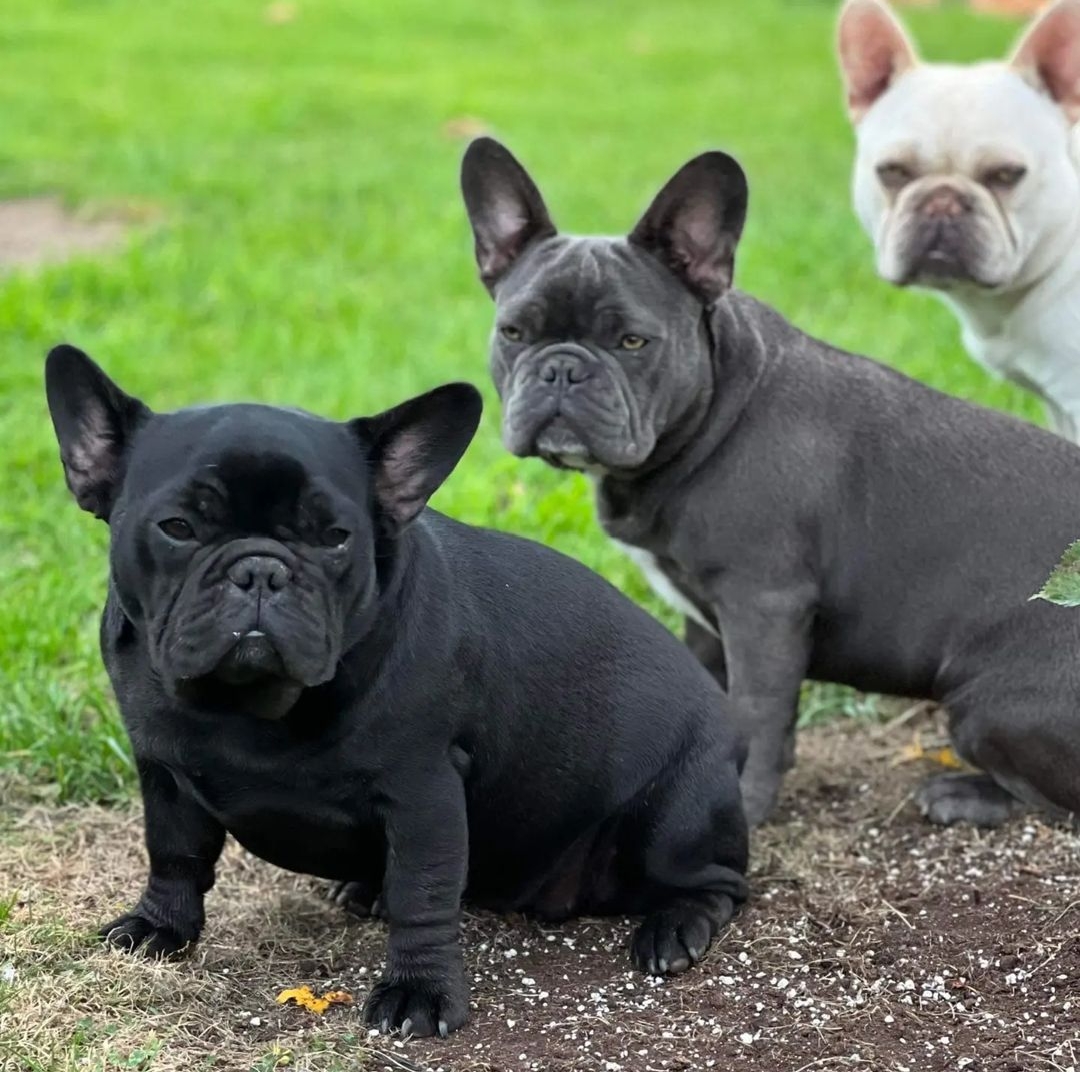Cherry Eye
- FreeRange null

- Aug 12, 2023
- 2 min read
Updated: Aug 8, 2024
Cherry eye in dogs can be a scary sight, as it manifests as a red, inflamed lump resembling a cherry at the corner of your canine companion's eye.
Although surgery is often necessary, the positive news is that the condition is generally treatable, and with prompt veterinary intervention, your furry friend can swiftly recover.
Within a dog's lower eyelid lies a third eyelid, scientifically referred to as the nictitating membrane. This unique eyelid slides over the eye's surface when needed, offering an extra layer of safeguarding. This eyelid also houses a tear gland. Cherry eye arises when this gland protrudes or prolapses, resulting in a reddened and swollen appearance.
Occasionally, the gland may retract spontaneously, leading to intermittent cherry eye occurrences.
Nevertheless, even with sporadic signs, it's crucial to have your dog assessed by a veterinarian.
Breeds most frequently affected by cherry eye include
Bullmastiffs, Shar Peis, Cocker Spaniels, Great Danes, Beagles, French Bulldogs, and English Bulldogs.
Although cherry eye is can be common among dogs aged six months to two years, it can afflict any breed at any life stage.

Watch out for the following indications:
A red, swollen lump in the corner of the eye near the muzzle, varying in size from small to covering a substantial portion of the eye
Possible eye discharge, though not always present
Your dog might paw at the eye, potentially worsening the swelling The primary sign to watch for is the red, swollen lump. If you observe this, seek prompt veterinary attention for your furry companion.
Diagnosing cherry eye in dogs is usually uncomplicated.
Most often, veterinarians can visually identify the condition through examination.
Additionally, your vet may conduct supplementary tests to assess the overall eye health.
We highly recommend PD Pet Insurance, click the link below to get the best quote






Comments